Nan Madol Ruins | A Mystic Link With Lost Continent of Lemuria
Off the eastern coast of Temwen Island, Nan Madol is an ancient archaeological site that ran into ruins around 1628.
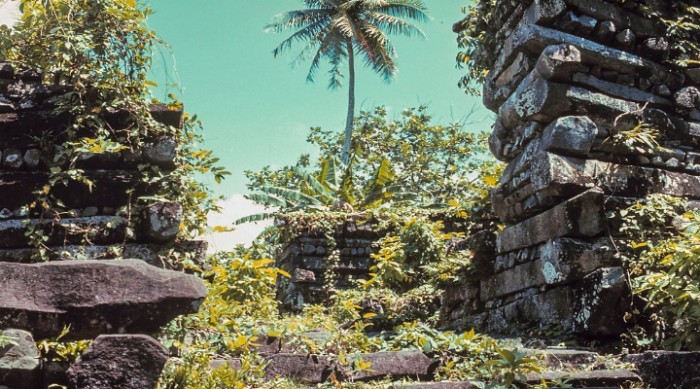
Off the eastern coast of Temwen Island, Nan Madol is an ancient archaeological site that ran into ruins around 1628. Its official name is “Nan Madol: Ceremonial Centre of Eastern Micronesia”. A UNESCO World Heritage Site, it is situated in the present-day Madolenihmw district of Pohnpei State in the Federated States of Micronesia.
It’s the only ancient city constructed on a coral reef. Bordered by tidal canals, the site core and stone walls surround nearly 1.5 km long and 0.5 km wide area which has around 100 artificial small islands, stone, and coral fill platforms.
According to Gene Ashby’s book “Pohnpei, An Island Argosy”, the original name of Nan Madol was Soun Nan-leng (Reef of Heaven). This ruined city is one astonishing archaeological enigma and is also referred to as "Atlantis" sometimes. It’s also called the "eighth wonder of the world" or the "Venice of the Pacific" because it was built on the Pacific ocean.
The Tyrannical Saudeleur Dynasty Ruled Nan Madol for a Thousand Years
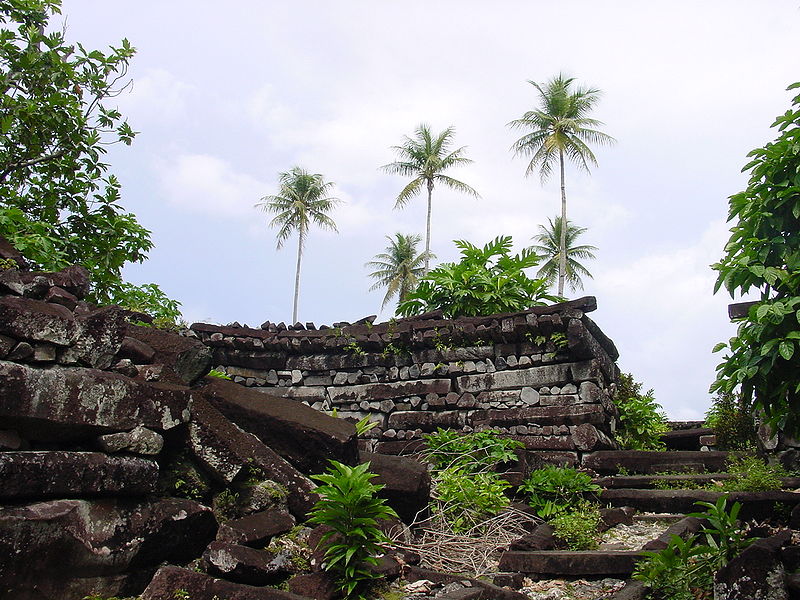
Nan Madol has been the ruling city of the Saudeleur dynasty for about a millennium. The construction of small islands began in the 8th and 9th centuries. And the peculiar megalithic architecture was built around 1180-1200 AD.
Not much validation is available about the information on the megalithic construction. The Pohnpeian folklore states that the builders of the Leluh archaeological site on Kosrae moved to Pohnpei. And they went on to build the majestic stone city Nan Madol here. According to Pohnpeian legend, it was constructed by twin sorcerers Olisihpa and Olosohpa who came from a mythical Western Katau or Kanamwayso.
This "Venice of the Pacific" Remains an Archaeological Enigma
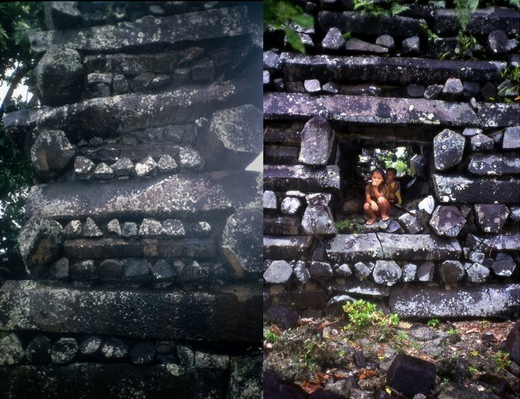
In the current times, Nan Madol happens to be an archaeological district spanning over 18 square km area including the stone architecture which is established on a coral reef flat off the coast of Temwen Island, many other artificial small islands, and the nearby Pohnpei island.
The earliest settlement on Pohnpei was supposedly around 1 AD; however, the radiocarbon dating shows that human activity began around 80-200 AD. In 1985, the Nan Madol remains were proclaimed as “National Historical Landmark.”
Are Nan Madol Ruins One of the “Lost Continents” of Lemuria or Mu?
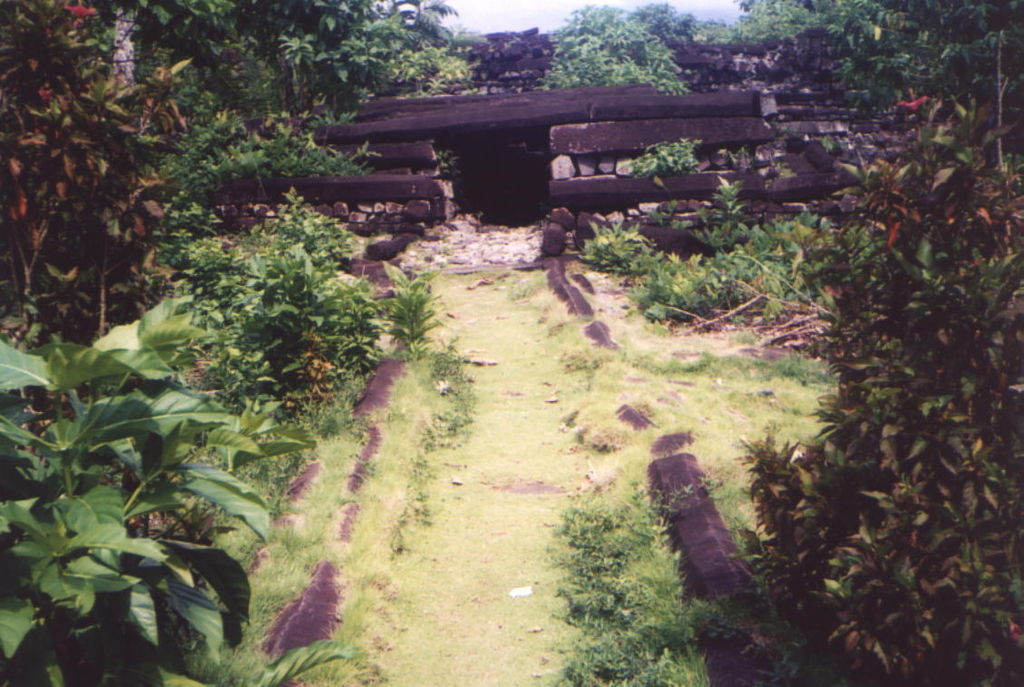
The ruins of Nan Madol are often regarded as one of the "lost continents" of Lemuria or Mu. But there’s no scientific evidence for this claim.
In the book “Lost City of Stones” (1978) by Bill S. Ballinger, the author speculates that the city Greek sailors built the city in 300 BC. Also, the Swiss author Erich Von Daniken penned Chapter 4 "Temuen, The Island They Call Nan Madol" in his book The Gold of the Gods.
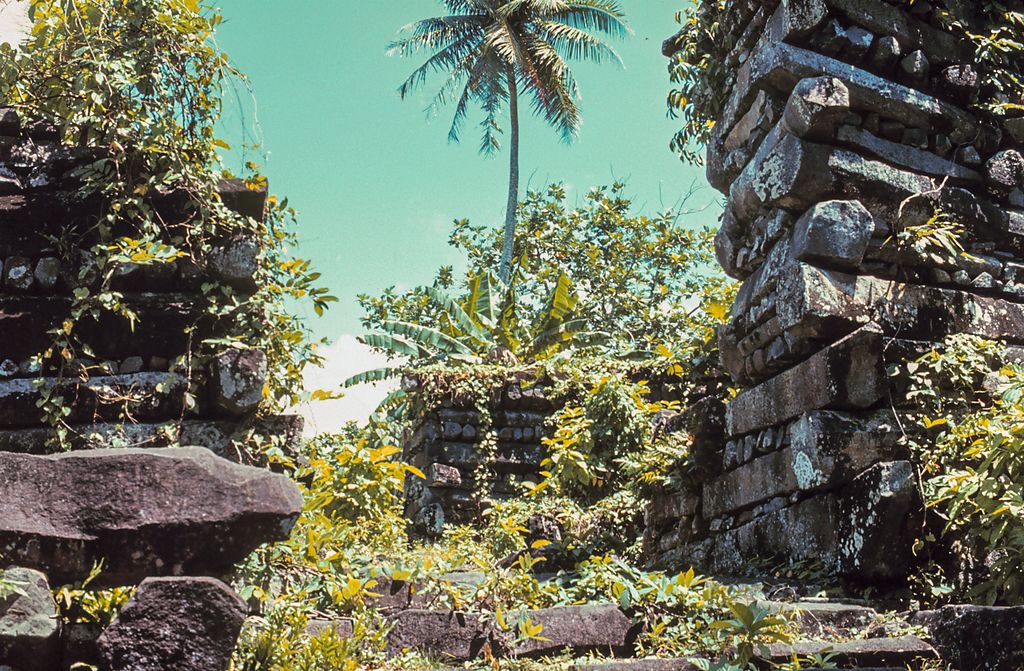
In the 1926 book “The Lost Continent of Mu Motherland of Man”, the British occult writer James Churchward identified Nan Madol as one of the sites which were a part of the lost continent of Mu. Moreover, the author & publisher David Hatcher Childress theorizes that Nan Madol is has a connection with the lost continent of Lemuria.
Popular Posts
Top 10 Sharpest & Deadliest Swords In History
In classic mythological movies, books and television, we’ve seen those audacious sword-wielding heroes smiting the enemi...
Augustus Perez
List of Water Deities from Different Mythologies
Water deities are the gods and goddesses who had the powers to control the elements of water and ruled over all the fresh and saltwater of the earth. Here’s a list of water deities from different mythologies.
Rishika Gupta
Winged Lion: The Terrifying Mythical Creature In Different Mythologies
A mythological creature, a winged lion dates back to ancient times. This flying lion-like creature has origins in Heraldry, Christianity, Mesopotamian, and Greek mythologies.
Ethan Stephans








